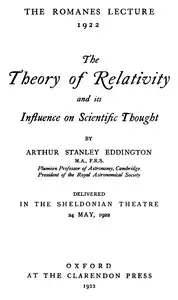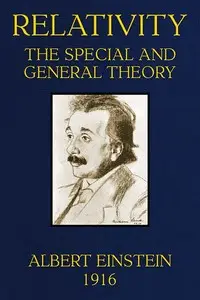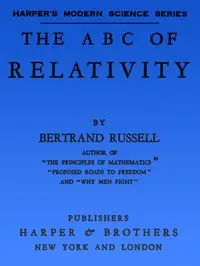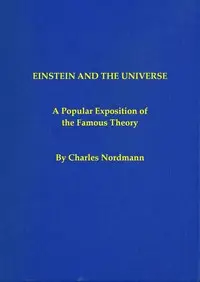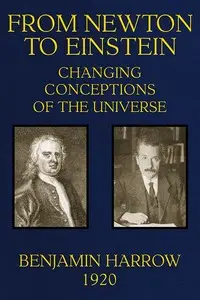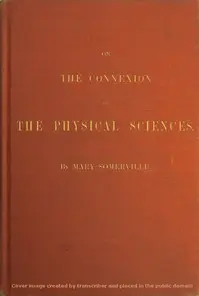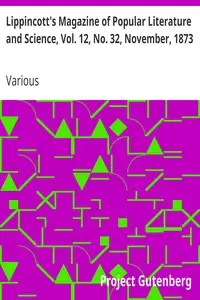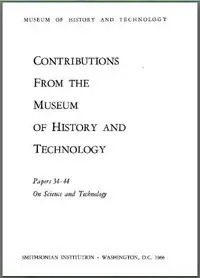"The Principle of Relativity" by Albert Einstein and H. Minkowski is a landmark scientific work from the early 1900s that compiles key papers on the theory of relativity, significantly advancing the field of physics. It examines the fundamental rules that control how objects move and the properties of space and time, revolutionizing our perception of physics and the universe. The book starts by outlining the history of scientific thinking about ether and its connection to light and electromagnetism. It details experiments that contradicted older ideas, like the Michelson-Morley experiment, which tried to measure Earth's movement through the ether but found nothing. This section prepares the reader for the introduction of relativity, explaining how previous research necessitated a new theoretical structure, ultimately leading to Einstein's revolutionary theories.
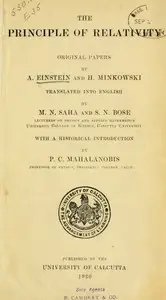
The Principle of Relativity
By Albert Einstein
Witness a transformation that reshaped scientific thought as space, time, and motion are redefined in this collection of groundbreaking papers.
Summary
About the AuthorAlbert Einstein was a German-born theoretical physicist who is widely held as one of the most influential scientists. Best known for developing the theory of relativity, Einstein also made important contributions to quantum mechanics. His mass–energy equivalence formula E = mc2, which arises from special relativity, has been called "the world's most famous equation". He received the 1921 Nobel Prize in Physics "for his services to theoretical physics, and especially for his discovery of the law of the photoelectric effect", a pivotal step in the development of quantum theory.
Albert Einstein was a German-born theoretical physicist who is widely held as one of the most influential scientists. Best known for developing the theory of relativity, Einstein also made important contributions to quantum mechanics. His mass–energy equivalence formula E = mc2, which arises from special relativity, has been called "the world's most famous equation". He received the 1921 Nobel Prize in Physics "for his services to theoretical physics, and especially for his discovery of the law of the photoelectric effect", a pivotal step in the development of quantum theory.



